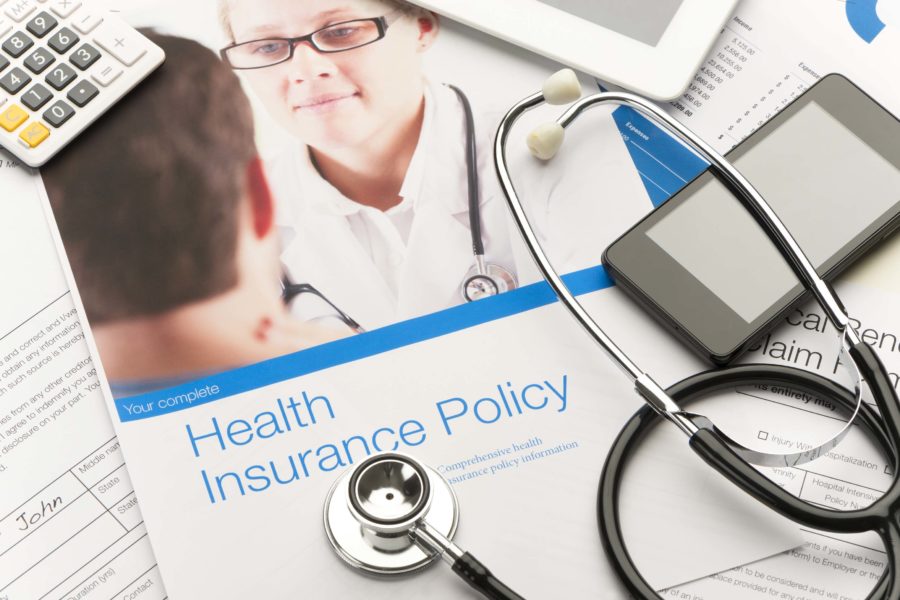Health care costs keep rising. According to Healthcare Dive, employers are expecting their health care costs to increase in 2021, but because of the uncertainties caused by the pandemic, the exact rate of increase is hard to pin down. Estimates range from as low as 2.4 percent to as high as 5.8 percent.
One thing is clear: costs will rise, and controlling expenses is more important than ever. Below are various strategies to help stem the tide of raising health care cost.
Care Delivery Models
How employees receive care can have a big impact on the cost. The direct primary care model provides access to primary care physician visits for a set monthly fee. According to HR Daily Advisor, this model can be much cheaper than standard health insurance, and it can be used alone or in combination with standard health insurance.
Onsite or near-site clinics are another option. According to John Hopkins Medicine, a survey from the National Association of Worksite Health Centers found that these clinics are becoming more popular, and that 64 percent of employers who use them report a reduction in medical care costs while 70 percent report a reduction in time lost by employees leaving work to receive care.
Telemedicine has also been viewed as a way to cut costs and save time, and it has become even more important during the pandemic. According to Business Group on Health, 52 percent of employers are expanding telehealth services for 2021, and nearly all will offer telehealth services of some sort.
Pricing and Contracting Models
In the traditional employer-based health insurance model, the carrier is largely in charge of rates and costs. New approaches are putting the employers in control.
In the reference-based pricing model, the employer uses a vendor to establish a flat rate paid to providers. The rate is tied to Medicare rates, and while it will be higher than actual Medicare rates, it can still be much lower than what private plans typically pay.
According to FierceHealthcare, reference-based pricing was originally popular with smaller companies, but now larger companies are exploring it as a way to manage costs amid the pandemic.
Direct contracting provides another approach. In this model, the employer contracts directly with the providers. This strategy is designed to cut out the middleman in order to reduce costs.
Other companies are turning to the captive insurance model, which offers an alternative to self-insurance. In this model, an employer shares insurance company ownership and administration with a small group of like-minded employers. This arrangement is set up by the insurance broker with reinsurance and other safety measures built into the model. Captive insurance can be used for health benefits as well as other types of insurance, and according to The Wall Street Journal, the pandemic is pushing many employers to consider this option as a way to control premiums.
Not all of these models are a good fit for particular employers and their work forces, so a thorough discussion and analysis are necessary before choosing a path. In particular, an employer should evaluate the total value by looking at a combination of cost plus risk/disruption. A typical value spectrum is show below.
Prescription Costs
Prescription drug spending per person increased 25.8 percent between 2014 and 2018, according to the Health Care Cost and Utilization Report from the Health Care Cost Institute. As prescription costs continue to rise, employers are looking at ways to control costs.
According to Employee Benefit Adviser, cost control strategies include demanding price transparency and investing in health risk management, including preventive care and chronic condition management.
Many employers also depend on pharmacy benefit managers (PBMs) to manage prescription costs. There are significant variations among pharmacy benefit managers, however, so determining whether to carve in or carve out your pharmacy coverage and selecting the right PBM is essential.
If you want to take charge of your health care costs, talk to our employee benefits team. We have brokers well-versed in various pricing and delivery models – along with financial and data analytics tools – health risk management professionals and pharmacy experts ready to assist you. Our teams welcome the opportunity to help you explore your options.





